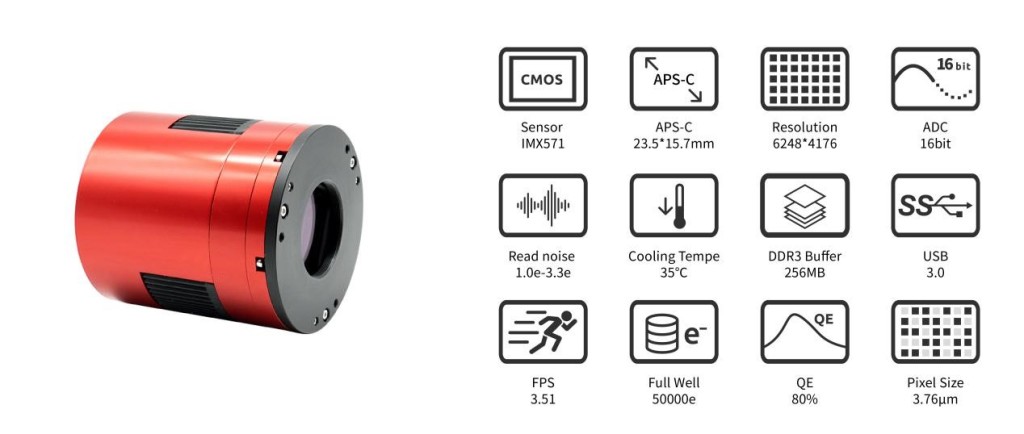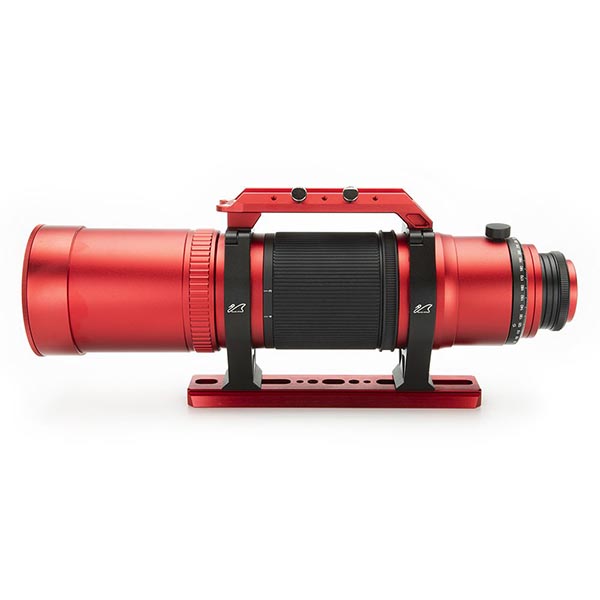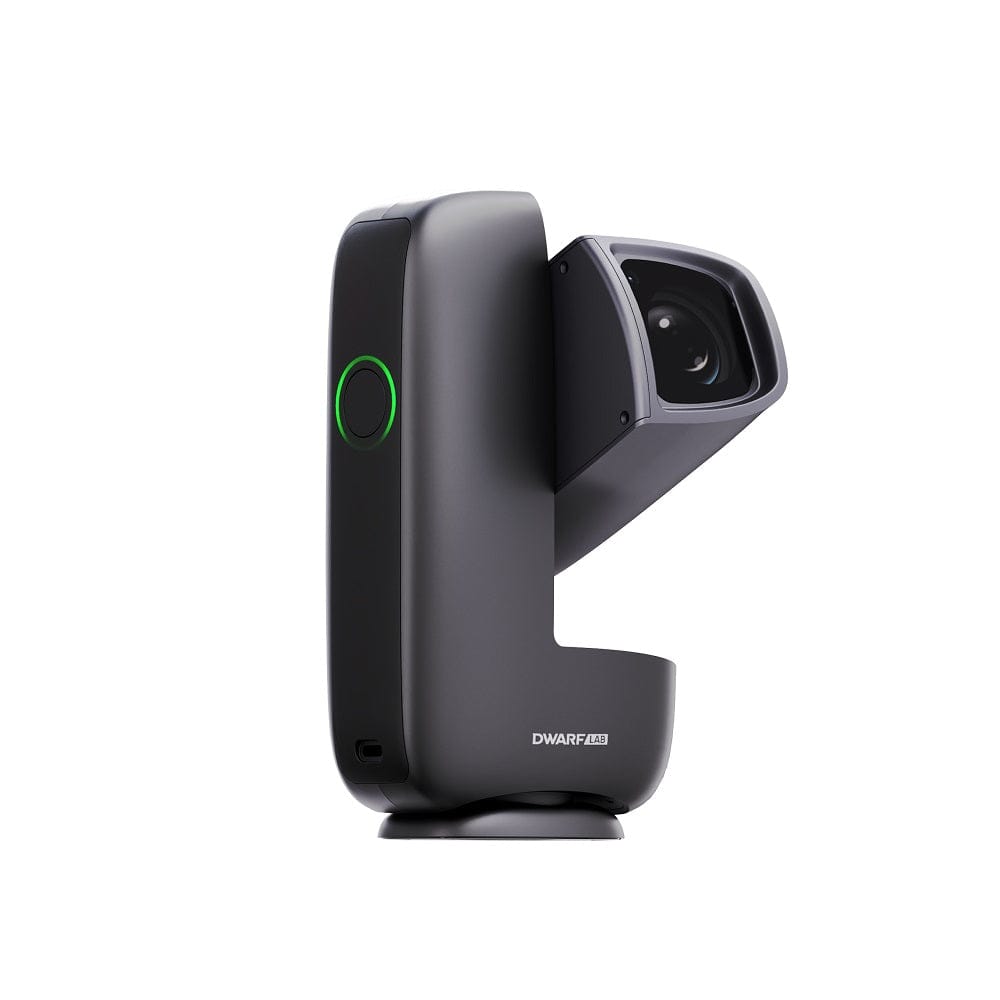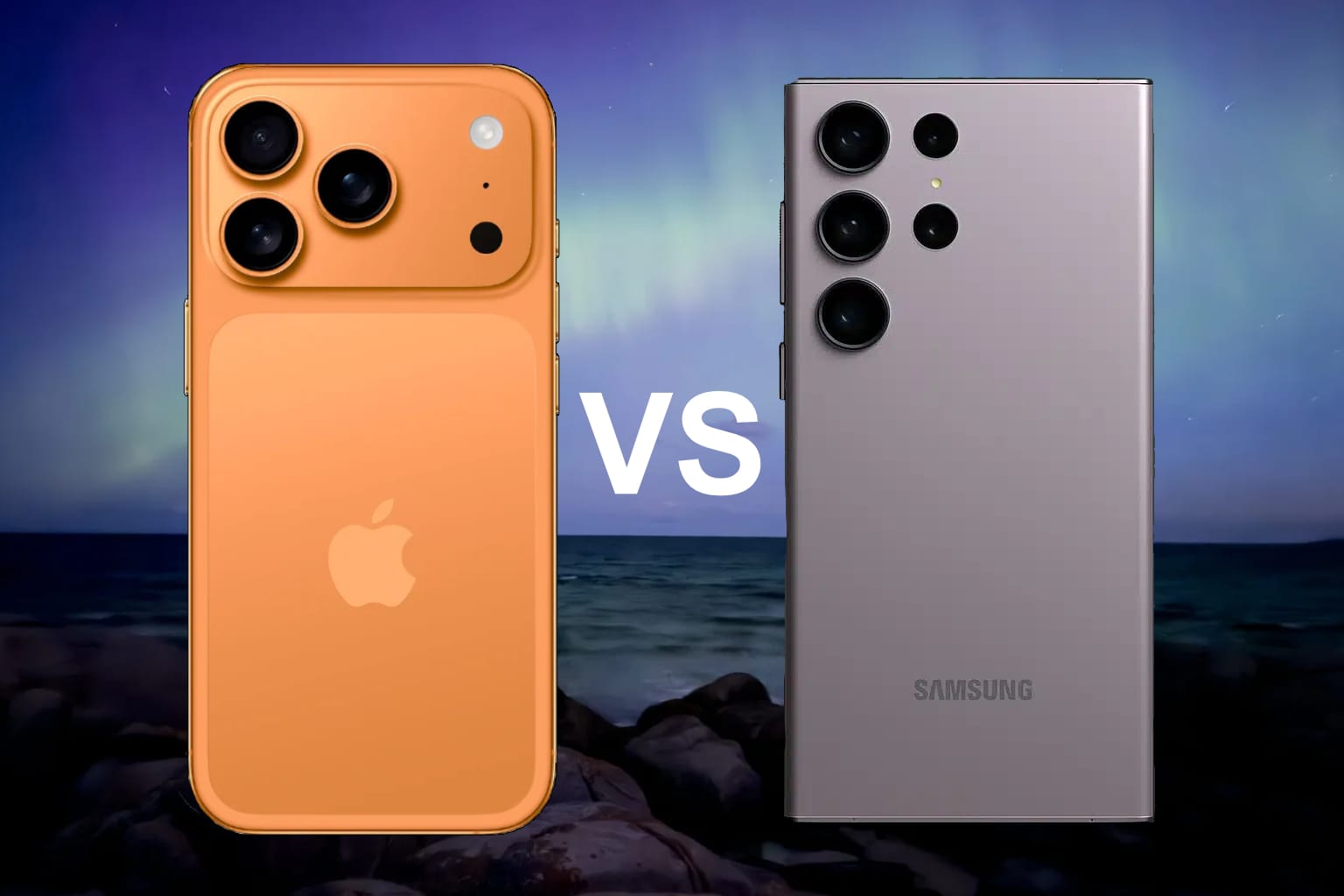Introduction
The William Optics RedCat 71 is an outstanding compact astrograph designed for those looking to capture wide-field deep-sky images. With its 71mm aperture and fast f/4.9 focal ratio, this telescope makes capturing expansive star fields and nebulae a breeze. Lightweight and portable, the RedCat 71 is perfect for astrophotographers who need a reliable travel companion that delivers excellent optical quality.
Overview
- Compact Wide-Field Astrograph: With a 71mm aperture and f/4.9 focal ratio, it’s optimized for wide-field astrophotography.
- Portable Design: Lightweight at 3.2 kg and only 335mm long, perfect for travel and dark-sky imaging.
- High-Quality Optics: Petzval design provides a flat field and excellent colour correction, suitable for full-frame cameras.
- Recommended Camera Pairing: Works well with colour CMOS cameras like the ZWO ASI2600MC Pro.
- Versatile Performance: Ideal for deep-sky objects but also handles solar and lunar imaging well.
Build Quality and Design
Weighing in at 3.2 kg and measuring 335mm, the RedCat 71 is ideal for on-the-go astrophotographers. Built with a durable aluminium tube, the telescope’s Petzval optical design ensures a flat field with reduced chromatic aberration. The helical focuser with a wide focus ring provides precise adjustments, even when wearing gloves, and the built-in Bahtinov mask makes it easy to achieve sharp focus on stars. A robust dew shield offers protection in varying conditions, while a Vixen-style mounting bar ensures compatibility with most setups.

Performance in the Field
The RedCat 71 excels at capturing detailed, wide-field images of deep-sky objects. Its 350mm focal length and generous 45mm image circle make it compatible with full-frame sensors, which can reveal intricate details across targets like the Veil Nebula. During field tests, stars remained sharp to the edge of the frame, thanks to the telescope’s well-corrected optics. While primarily a deep-sky imaging telescope, the RedCat 71 can handle solar (with filters!) and lunar targets effectively, adding versatility to its compact build.

Choosing the Right Camera
For this telescope, I recommend the ZWO ASI2600MC Pro. Its APS-C sensor size complements the RedCat 71’s image circle well, providing high-resolution, noise-free images additionally it’s in a price-point sweet spot that compliments the RedCat 71 very well. The fast optics of this scope favour colour CMOS cameras, which simplify the setup and maximize light capture. While you can use a monochrome camera, a colour CMOS with a dual-band filter provides great results for most deep-sky targets. With a 56mm back focus, the RedCat 71 supports a variety of imaging setups, though I find one-shot colour cameras like the ASI2600MC Pro to be ideal for ease of use. Advanced imagers could benefit from the ASI2600’s mono counterpart and a filter wheel with colour and narrowband filters.
Final Thoughts
The William Optics RedCat 71 combines portability with high-performance optics, making it a fantastic choice for wide-field astrophotography. While other scopes may offer larger apertures, the RedCat 71’s compact design, excellent colour correction, and user-friendly features make it highly versatile. Though the quick-start guide could be more detailed, the telescope is intuitive enough for both beginners and experienced users alike. If you’re looking for a capable, travel-friendly scope to capture expansive night skies, the RedCat 71 is an excellent option that will not disappoint.





